TL;DR summary: Injury bicycle crashes dropped 19 percent after Tampa police stopped writing tickets to scofflaw cyclists when a newspaper investigation revealed possible racial bias in the department’s targeted enforcement.

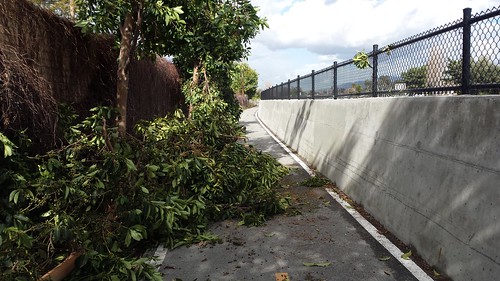
Happy Friday, all. I occasionally participate in the weekly BikeSchool Twitter conversation that takes place every Thursday night beginning at 6 P.M. California time. A “professor” asks a series of questions to generate discussion on bike-related topics.
Last night’s guest professor, Matthew Dyrdahl, is the Bicycle & Pedestrian Coordinator for the city of Minneapolis, MN. Among his many good conservation starters, he asked if people “should” use a path next to a road if it’s available.
****Q10 If there is a shared-use path (aka: a trail) adjacent to the roadway, should people on bikes use it? #bikeschool
— matthew dyrdahl (@matthewdyrdahl) April 29, 2016
KQED Public Radio in San Francisco replayed the May 1, 2014 edition of Freakonomics Radio, titled “The Perfect Crime.”
The show begins with a discussion of homicide by car. You’ve heard or seen this claim before both here and elsewhere: If you want to kill somebody and get away with it, run them over with a car.

This is a lead in, however, to the issue of pedestrian fatalities both in New York City and nationwide. The show moves the focus to the issues traffic safety experts have beaten the drum on for a few decades. From the transcript of the show:
DUBNER: Okay, so that is a massive improvement, to be sure. How did this happen? How did pedestrian deaths fall so much?
NOLAND: The policy that we followed on trying to save pedestrians is to stick them in cars, so they are no longer pedestrians. And that will reduce your pedestrian fatalities ‘cause you don’t have as many anymore.
DUBNER: Robert Noland is director of the Voorhees Transportation Center at Rutgers. He says that as the automobile rose to exalted status in America, the roads – and the entire landscape really – were built to privilege them, the cars. This is most pronounced in the parts of the country with high pedestrian and bicyclist deaths, like the Southeast.
NOLAND: They focus very much on traffic flow and making the roads wider, straighter, and faster. With the assumption that that’s safer. And what a lot of the guidelines do is they look at freeways, which are very safe, and they’re safe because it’s controlled access. You don’t have any intersections. And they take those sorts of design guidelines and they apply it to a city, to city streets or suburban streets and create these very large arterial roads, which tend to be the most dangerous roads whether for drivers or for pedestrians.
I’ve summarized some highlights of the show below, but the show itself is a good introduction to the traffic safety topics I like to focus on. Invest a half hour listening online, or you can read the transcript here.
The show is about pedestrian safety on public roads, but many of the same issues apply to those who ride bicycles.
What if you could make driving dramatically more expensive in a way that won’t punish people who drive, but reward those who seek ways to reduce their driving without wrecking the economy?
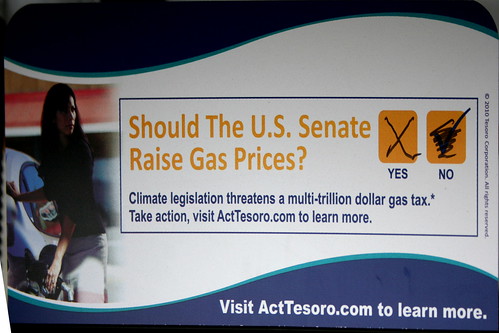
Thirty years ago, conservative columnist Charles Krauthammer proposed a what he called the “Net Zero Gas Tax to reduce consumption. To keep revenue neutral, he tied his proposed gas tax increases to a dramatic reduction in the payroll tax equal to the average tax paid nationwide.
For example, if the average American contributes $4000 annually toward’s Krauthammer’s dramatically higher gas tax (on the order of a dollar per gallon), then every taxpayer gets a $4000 tax rebate.
Good morning from America. I love the diversity of Americans who ride bicycles in the San Francisco Bay Area of California.
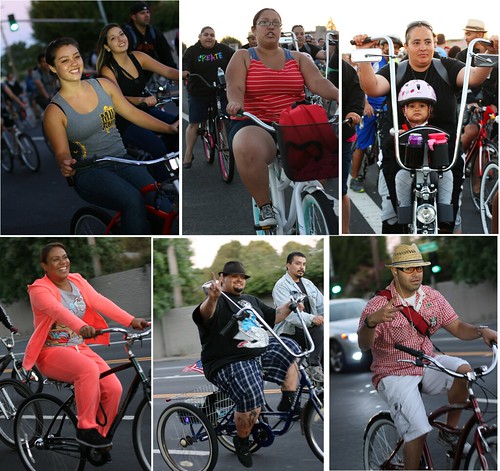
We make America great by paying more than our share in taxes to support transportation infrastructure and subsidize those drive. We take up under ten square feet of road and parking space vs over 100 square feet required for each and every car. The inconvenience we cause to other road users is inconsequential when compared to the gridlock caused by thousands of space hogging motor vehicles. We rarely kill or maim others, while motorists kill somebody directly every three hours. We don’t contribute to killing smog, and help keep fuel prices lower by leaving more for others to use. We do all this with minimal wear and tear to roads, driveways and parking lots, since the damage caused by each bicycle is less than 1 part in 40,000 compared to the damage done by a medium car.
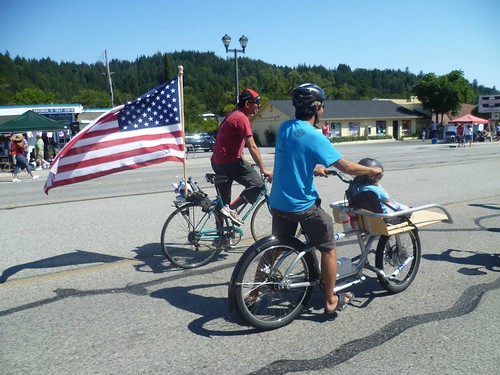
Is it too much to ask for the Powers That Be to occasionally throw us a bone?
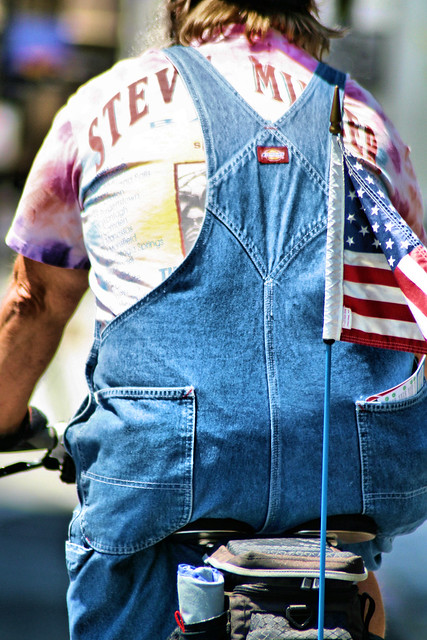
Enjoy the ride!